The places where our ancestors lived can often give valuable clues about their lives and work and can even help break down genealogy brick walls. This article looks at why it’s essential to understand our ancestors locations and what to look out for. I’ve mostly used Great Britain here for examples, but the same principles apply in other countries.
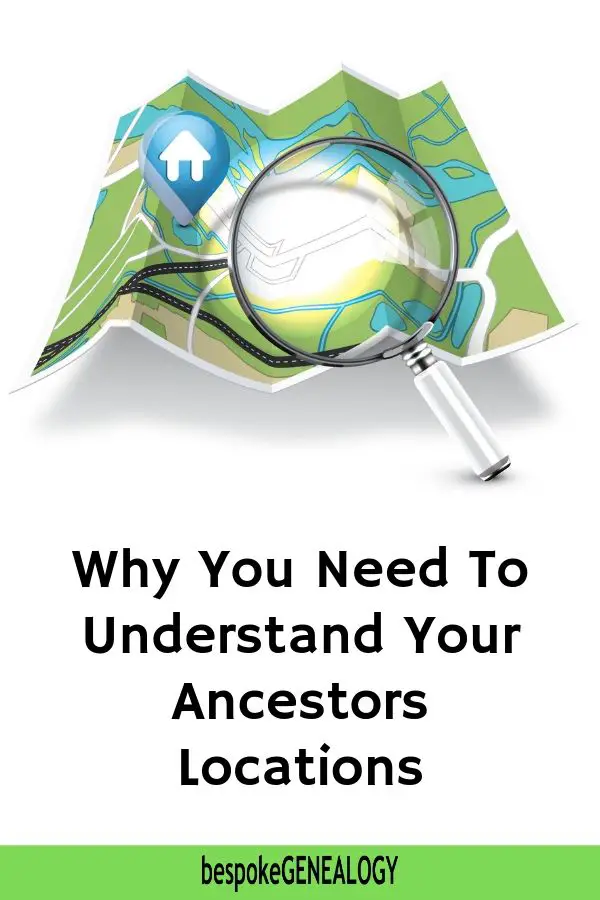
Get to know a place
I always find it very useful to fully understand a place where a person I’m researching lived. Once I know a village, or the local area in a town, I can often work out where the children went to school and where the adults (and possibly older children) worked. Having this knowledge can lead to finding more records. For example, if can figure out which school was in walking distance from a house, then I may be able to find school records.
The same goes for places of employment such as a local mill or the estate of the local gentry. For more about our ancestors working lives, see this post.
Use Maps
I recommend first trying to determine exactly where a person lived on a contemporary map. A good free source for large scale historical maps is the National Library of Scotland website. This site has maps for the whole of Great Britain, not just Scotland. These maps include the 25 inch/mile Ordnance Survey set from 1892-1914. Almost every house is shown on these maps, so it’s possible to work out exactly where someone lived.
For more on the NLS site, see: How to find free historical UK maps online.
The Genealogist subscription site has a great new tool called Map Explorer. Geo-referenced historic maps are overlaid onto several modern background maps. This allows you to pinpoint exactly where your ancestors were living on modern maps. The site also has some unique maps that can’t be found elsewhere. For more on The Genealogist see: A Great Alternative Website for British Ancestry.
What if you don’t have an exact address?
Very often you won’t have an exact street address. A vital record may only record a street name, or maybe just the name of a village or a town borough. Census records can often help here. Even if exact addresses are not recorded, it is usually possible to work out where someone lived using a large scale map of the time. Usually, some properties are identified on a return, such as the post office, the school house or the vicarage. You can then usually work out the route that the census enumerator took until he got to your household.
Look for local histories online
Very often, you can find a lot of historical information about a place online. A local history society or a local council may have a website with photographs of buildings and information about old families. Sometimes it’s worth joining a local history society for the area where your ancestor lived to get more information from members or access to their publications or records.
Is this the right place?
It’s really important to make sure that you have found the right place when researching your ancestors, especially if they have common names. There is nothing worse in genealogy than when you discover that you’ve spent days researching the wrong family. So check the district as well as the county to be certain.
Duplicate place names can often cause confusion, here are some examples:
- If your ancestor was born in Newcastle, was that Newcastle on Tyne or Newcastle under Lyme? These are two English towns, 190 miles apart.
- There are two towns called St. Ives; one in Huntingdonshire, the other in Cornwall, 340 miles apart.
- You may even find two villages in the same county, such as the Ashtons in Northamptonshire.
- According to the James Bell England & Wales Gazetteer of 1836, there are five villages called Alderton scattered about England
I recommend getting hold of a historical gazetteer so that you can check place names. You can find them on places like Google Books for free. This is the link for the James Bell book mentioned above.
Boundary changes
County, district and city boundaries often change so if you can’t find an ancestor where you expect them to be, look in neighboring areas.
The city of Peterborough in England is a good example of an area that has changed several times. The city itself was historically in the county of Northamptonshire, it later joined Huntingdonshire to form the county of Huntingdon and Peterborough before being swallowed up by Cambridgeshire in 1974. The boundaries of the city itself often moved and, over the years, took over parts of what had been rural Lincolnshire, Northamptonshire and Huntingdonshire.
Todmorden, now in the English county of West Yorkshire is another interesting example. Until 1888, the boundary between Lancashire and Yorkshire ran through the center of the town. This means that if you are looking for Todmorden residents on the 1881 census or earlier, you may find them in Lancashire or Yorkshire, depending on where their house was in the town.
A helpful tool for checking boundary changes is the Counties of England (current and historic) website.
Happy researching!
Please pin a pin to Pinterest:

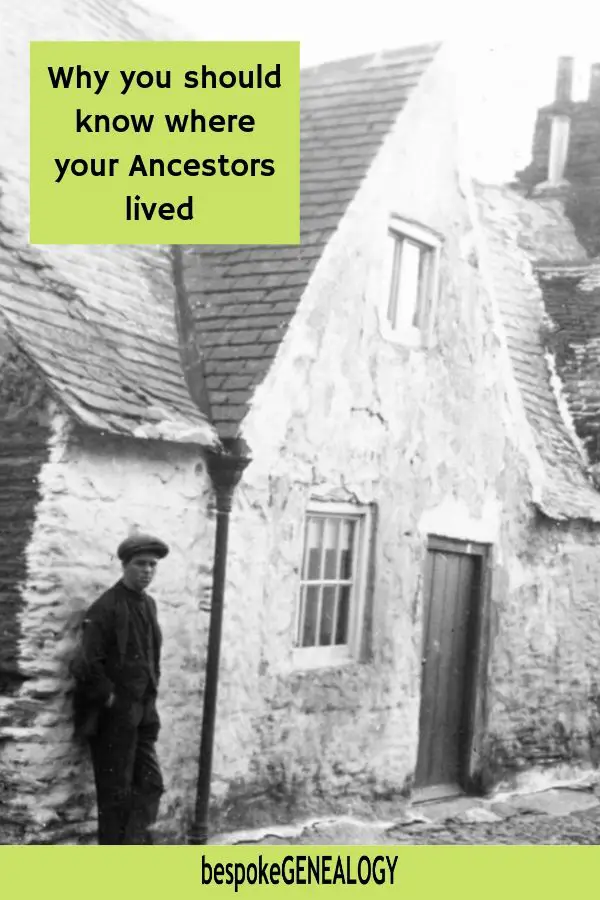
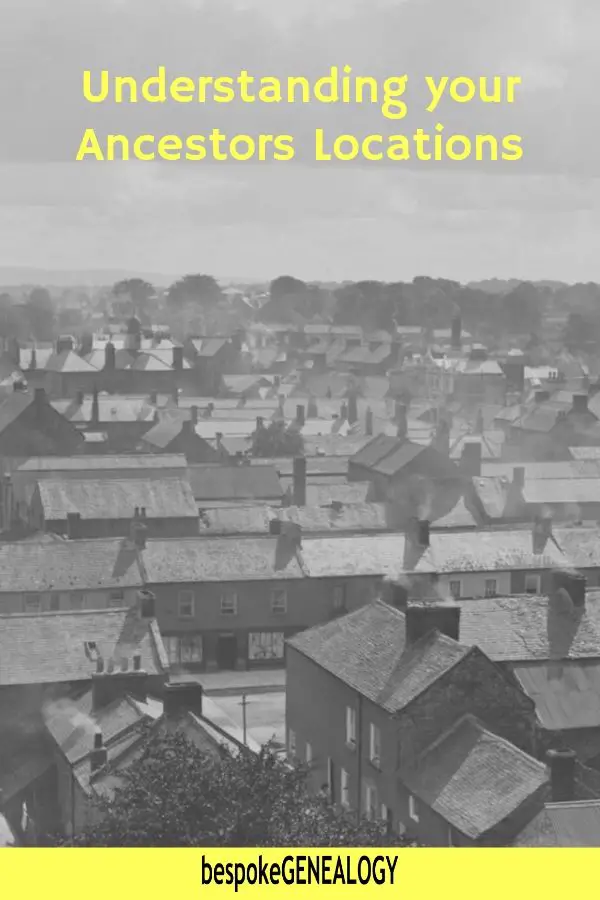
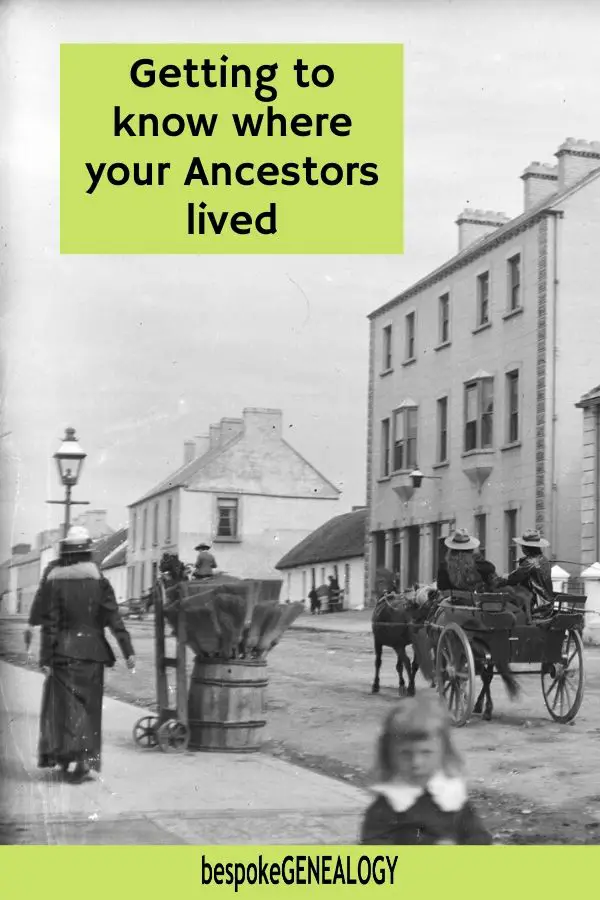
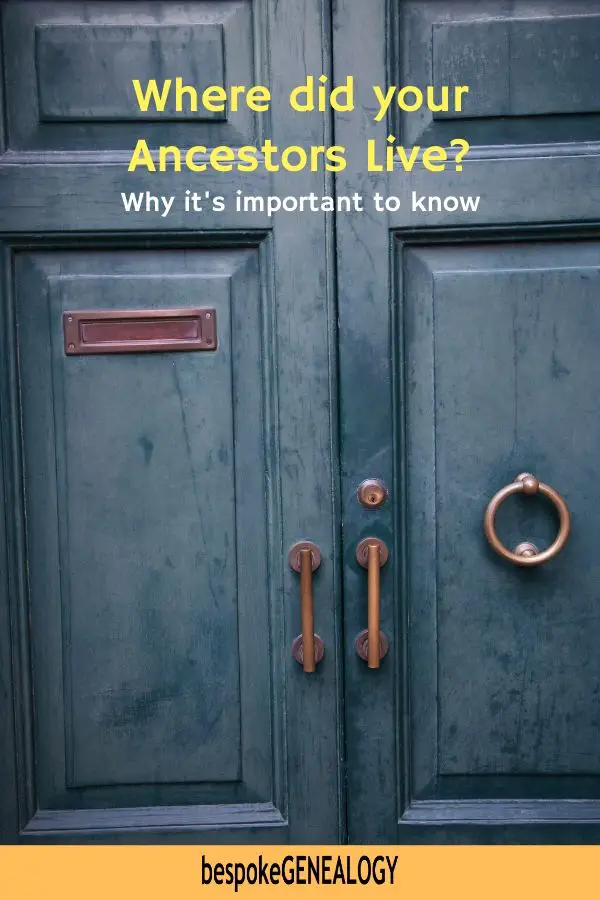
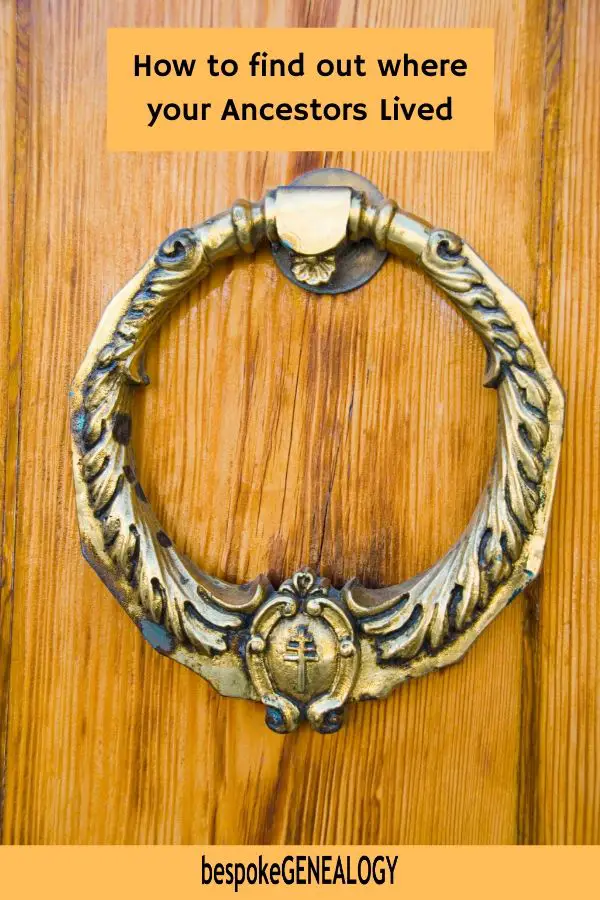
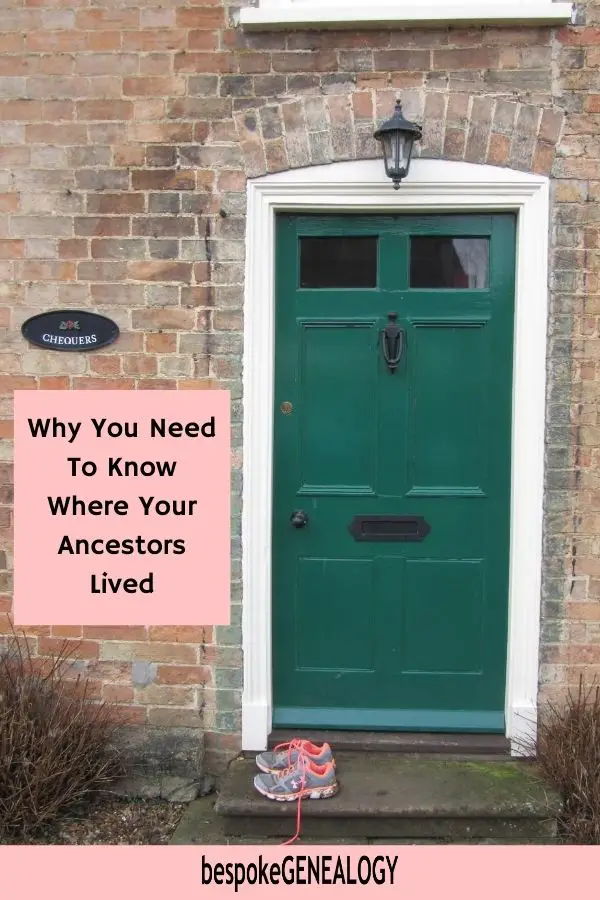
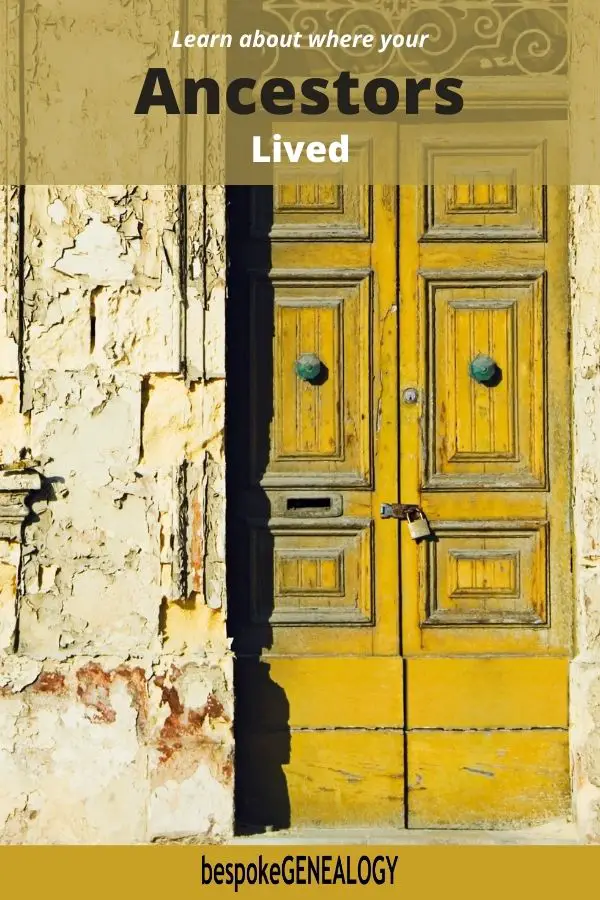
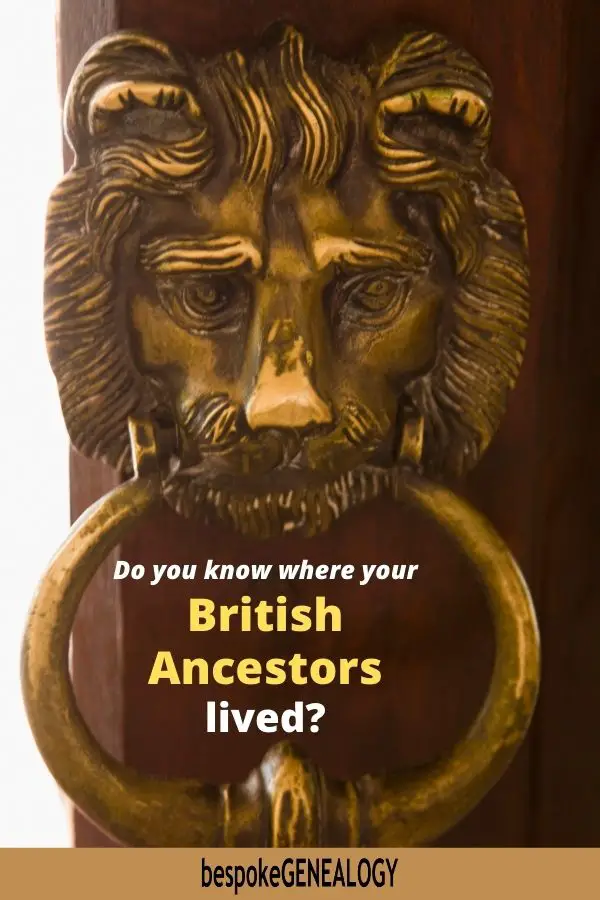
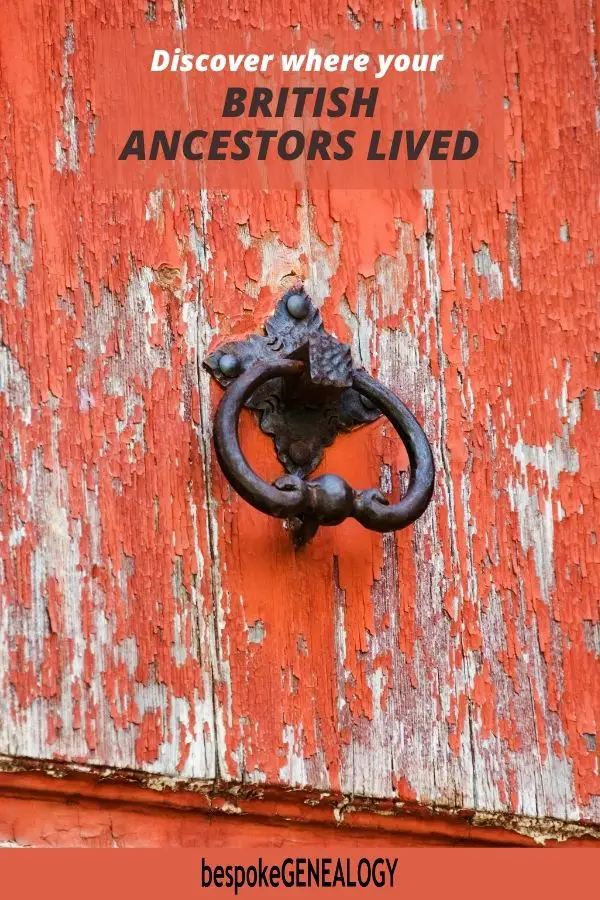
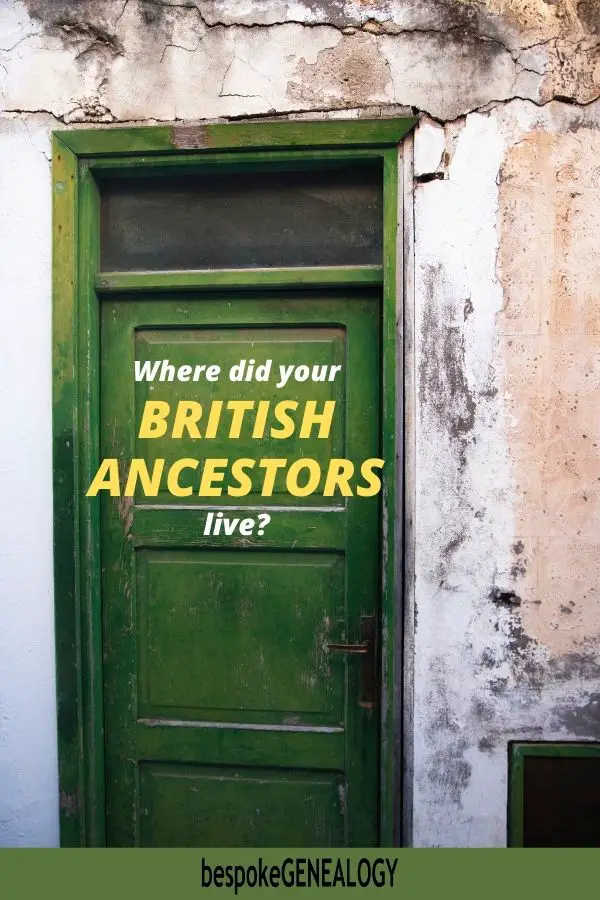
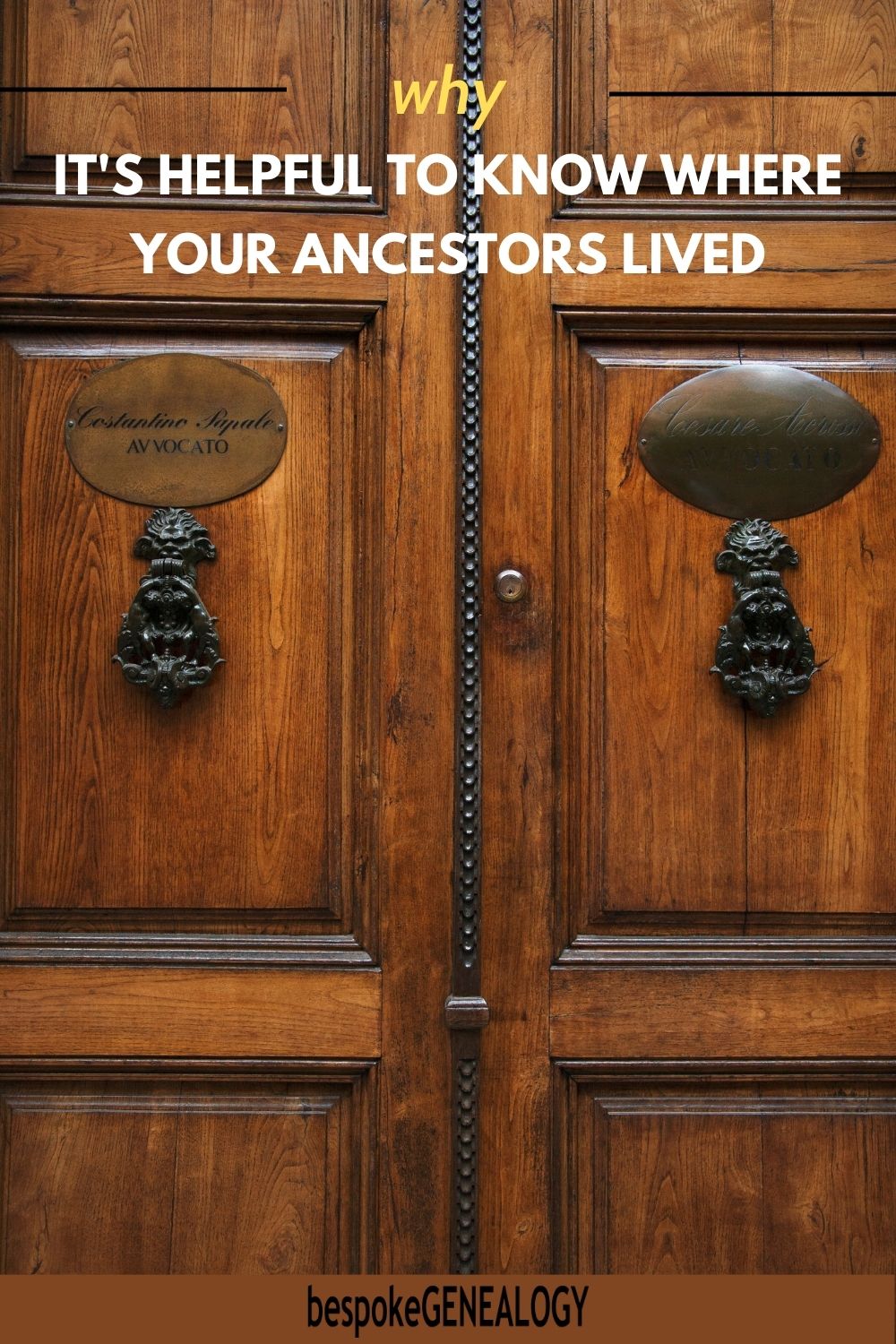
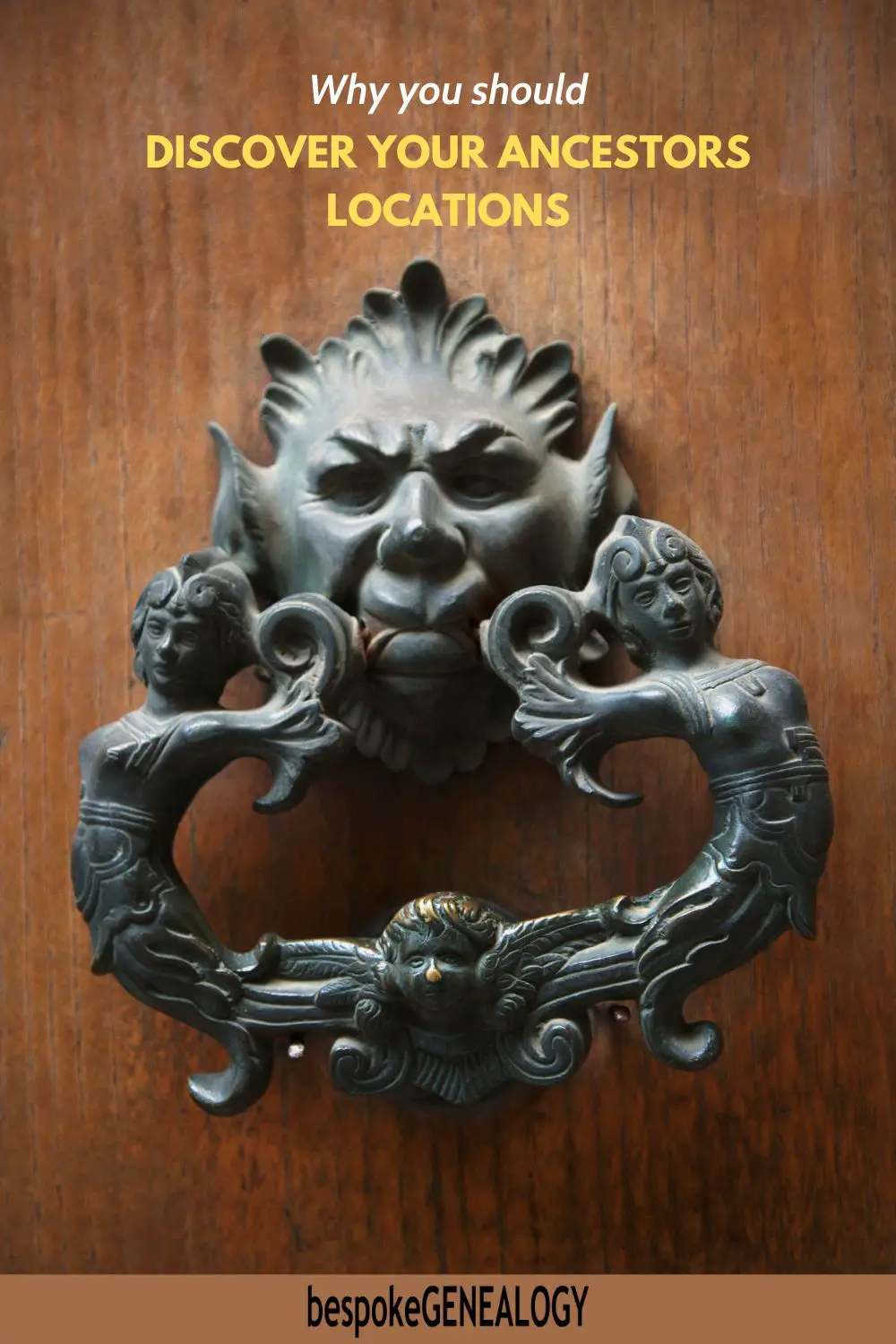

Leave A Comment